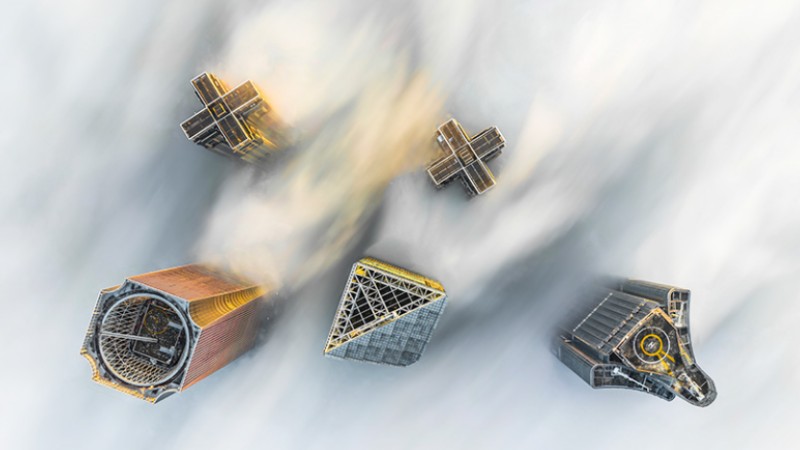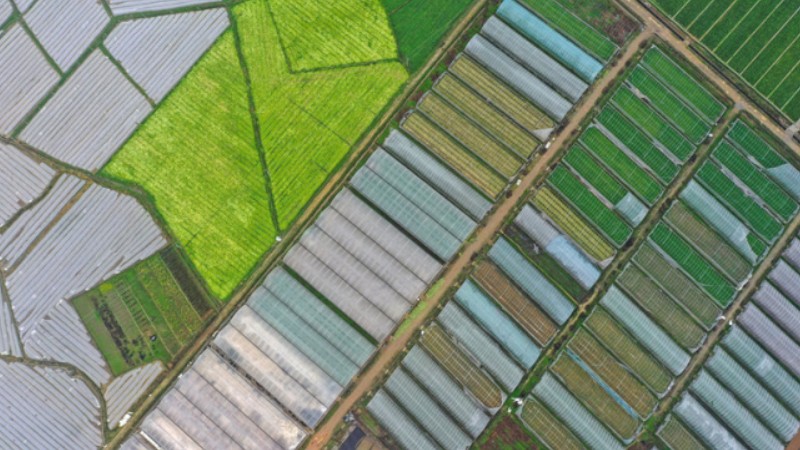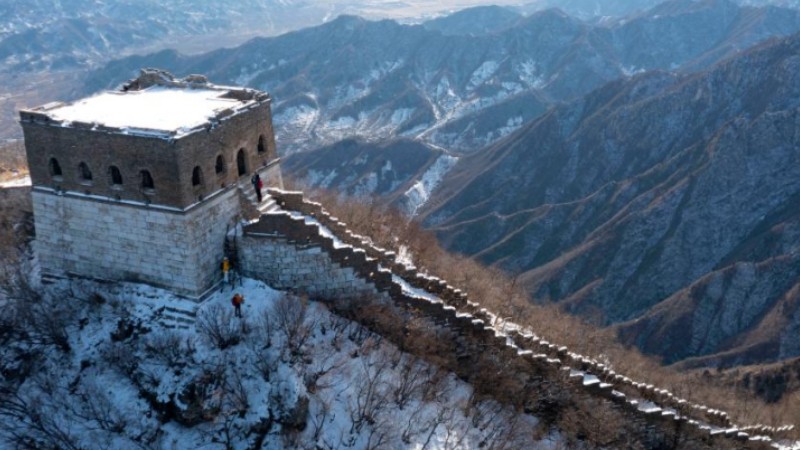China's tech-boosted economic recovery to deliver solid rebound
TIANJIN, Feb. 15 (Xinhua) -- In a science and technology park in north China's Tianjin municipality, dozens of mechanical arms moved along a production line, while busy robots carrying components weaved around.
Each day more than 2,000 sets of power batteries were turned out, which would be used for nearly 200 electric vehicles.
The scene is a sharp contrast to three years ago when production of the line was suspended from time to time in the Tianjin Lishen Battery Joint-Stock Co., Ltd. due to an order shortage.
Lishen started providing power batteries for the Dongfeng Motor Corporation four years ago, delivering about 53,000 sets by last year. In 2023 alone, however, it is estimated that 45,000 sets will be supplied.
"We didn't stop working even during the Spring Festival holiday," said Zhao Xiaojun, deputy head of Lishen's power battery manufacturing department.
"Now that we are no longer worried about order shortage, we fear that we couldn't complete the orders on time."
Lishen is just one of the examples to show the resilience of the Chinese economy after the country relaxed its COVID-19 restrictions late last year.
According to statistics by the China Association of Automobile Manufacturers (CAAM), in 2022, output and sales of new energy vehicles in China were 7.06 million and 6.89 million, up 96.9 percent and 93.4 percent, respectively.
The International Monetary Fund (IMF) has lifted its forecast for China's economic growth this year to 5.2 percent from a previous prediction of 4.4 percent.
Behind economic resilience is the ability of risk resistance.
Suppliers for Lishen are mostly domestic companies. Last May when the consignments were hindered by the COVID-19 pandemic, local authorities in Tianjin helped to arrange for closed-loop delivery so as to ensure production in Lishen.
"If we stop our production, the loss per day would be as much as 30 million yuan (about 4.4 million U.S. dollars)," said Zhao.
In 2022, in spite of the pandemic, the revenue of power batteries in Lishen soared by 76 percent.
The high-tech industry is an important driver of economic growth.
According to China's State Council Information Office, last year's investment in high-tech industries witnessed rapid growth, up 18.9 percent from the previous year. The growth rate for high-tech manufacturing was 22.2 percent, and the rate for high-tech services was 12.1 percent.
Another Tianjin-based company, TCL Zhonghuan Semiconductor Co., Ltd., is working on its new project, producing a solar ultra-thin single wafer of 25 GW used for the transformation of light into electricity. Zhang Xuenan, deputy chief engineer of the company, told Xinhua that once in full operation, the project could generate a revenue of billions of yuan, creating jobs for thousands.
"This project is another example of China's economic growth potential," said Bo Wenguang, vice president of the Binhai Development Research Institute of Nankai University. "The potential is gradually expanded and unleashed."
Two new projects are under construction in Lishen, with investment for each topping ten billion yuan. A third one is being discussed. Once in operation, their combined production capacity could be at least ten times the company's current capacity.
"I'm sure that constant innovation, research, and development could keep injecting impetus into our company," said Lishen's general manager, Zhang Qiang.
Photos
Related Stories
- Key targets of China's latest outline on improving development quality
- China crucial in helping global economy overcome challenges, says Egyptian economist
- China rewriting development blueprint, trade expert says
- Orderly recovery of outbound tourism boosts global confidence in Chinese economy
- Foreign companies express confidence in China's booming tech industry
Copyright © 2023 People's Daily Online. All Rights Reserved.









